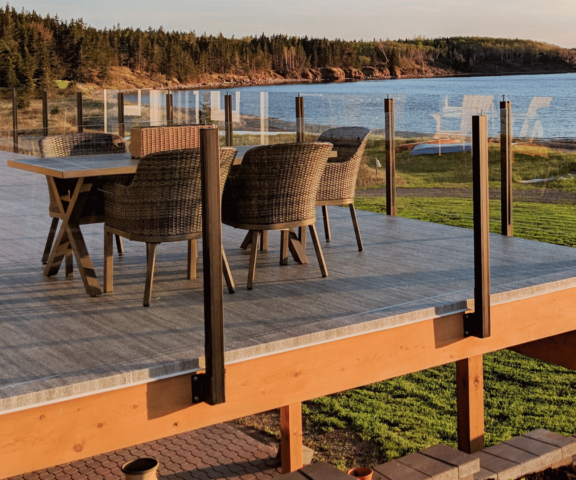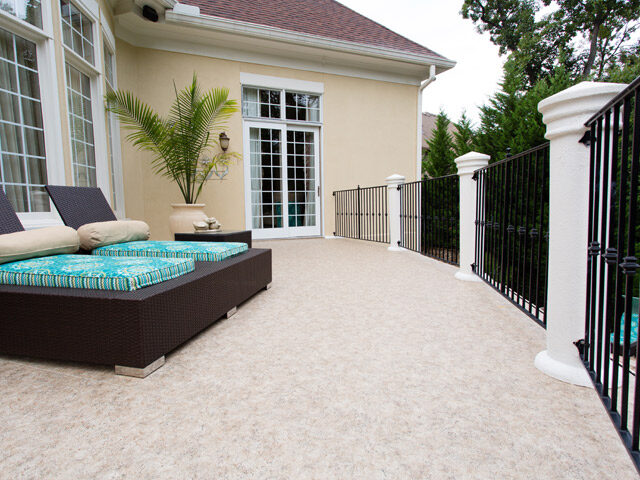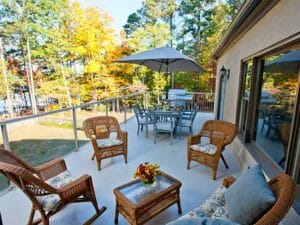USA: 1-800-338-3568 | CANADA: 1-866-591-5594
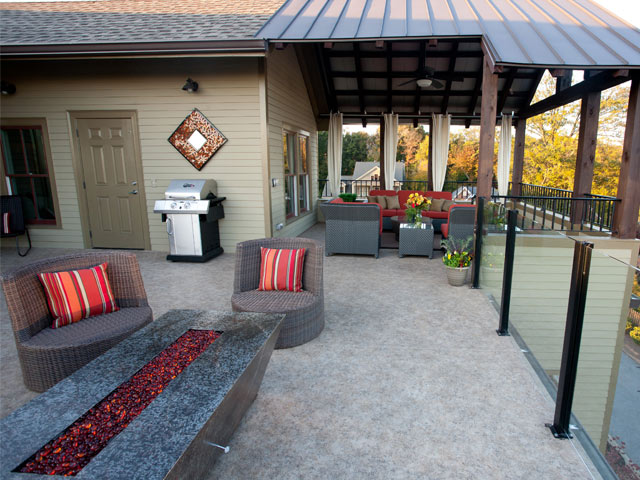
Practical Planning Tips for Building the Deck of Your Dreams
Building – And Enjoying – the Deck of Your Dreams
Outdoor living space is often a family’s favorite place for leisure time, and the deck of your dreams is within reach. Whether for barbeques, dining, playing or simply relaxing, a deck is not just an addition to the home – it is a part of the home.
Here are a few tips to help you choose the best type of deck for your home, your needs, and your budget.
A Deck is Part of the Home
A deck is truly an extension of the home, not just an exterior feature. However, it is a unique part of the usable living space of a home since it is constantly exposed to the elements. To get the longest life from your deck – and protect the home it is attached to – proper waterproofing MUST be a primary consideration.
There are many different types of decking options to choose from with their own pros and cons. They also come with a significant range of cost and maintenance requirements. Here are 3 of the most common choices:
Low Cost / High Maintenance
Traditional Slotted Wood Deck (pressure treated wood). This common decking option is very high maintenance for both appearance and waterproof protection. It requires annual sanding, staining or painting, and sealing. Wood decks also have a shorter lifespan for structural safety as they rely on flashing alone to keep moisture from ledger boards. If the wood is weakened by rot, the lag bolts that secure the deck to the house don’t have a solid grip to hold onto, making the structure vulnerable.
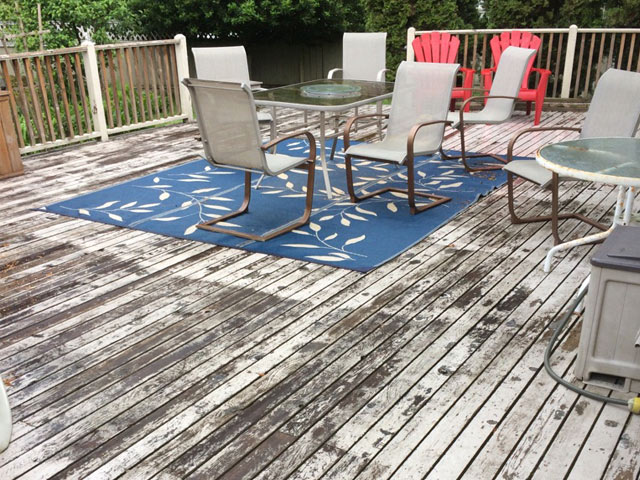
High Cost / Low Maintenance
Composite Decking (polyethylene or polypropylene based). The appearance of a composite deck is very low maintenance, but like all products under constant exposure to the elements, there will be some fading over time. In a high-quality composite product (there is a huge range of quality in the market), the surface stands up to moisture but is still vulnerable to stains, warping, shrinking and weakening.
Composite deck boards are intended for the deck surface only as they are not made for structural support. The framing, joists and ledger board of the deck are completed with pressure treated wood which means a composite deck has the same structural vulnerabilities as a traditional wood deck.
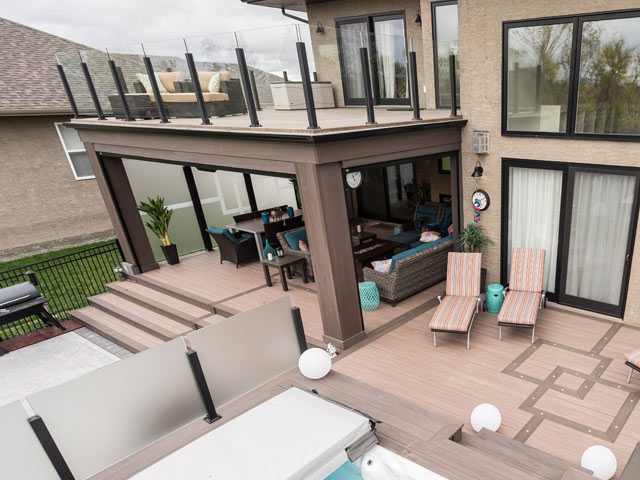
Best Value – Mid Cost / Low Maintenance
Vinyl Decking (PVC sheet membrane over un-treated plywood). Vinyl decking brings an affordable, low maintenance waterproof decking option to the table. Price wise, it sits comfortably between the low and high range of options. It has the big advantage of no annual waterproofing maintenance (aside from annual inspection of caulking and seasonal cleaning).
Similar to composite decking, vinyl decking will eventually fade over time in varying degrees depending on the amount of sun exposure. It is not immune to stains, however with regular cleaning a vinyl deck can last for decades. It is typically installed on non-pressure treated plywood wood, which is an environmental advantage.
When professionally installed (vs D-I-Y), a vinyl deck membrane is integrated into the building envelope. That means that common points of vulnerability such as water intrusion at door thresholds and the deck to wall intersection are protected, unlike other decking options that are more susceptible to wood rot.
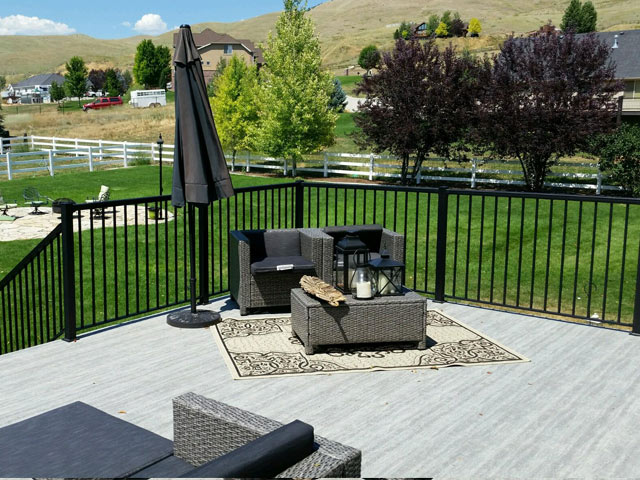
* An important note on vinyl decking: Not all vinyl is created equal. Be sure to select a reputable brand that can prove it meets building code requirements and comes with professional installation.
If you have a deck over living space, be sure you choose a vinyl that is a classified roofing membrane. This eliminates the need for additional roofing products. Deck and flat roof deck waterproofing is a specialty trade. Many skilled general contractors are not trained or experienced in specific waterproofing techniques. Issues like compatibility and building envelope integration are good reasons to consult with a decking specialist. Always do your due diligence when selecting a decking contractor.
Let the Deck Planning Begin!
We hope this has given you some insight into how to choose a deck your family can enjoy for decades. For more information, on comparing deck building product options, see our post on Remodeling Cost vs Value in Decking: Wood, Composite or PVC.

